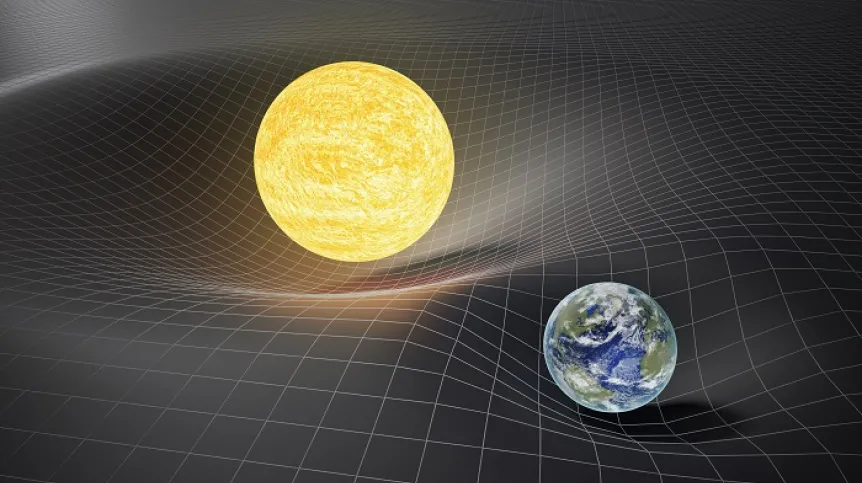
Sener Polska has been awarded a contract to participate in a new European Space Agency project, the Next Generation Gravity Mission. This is part of the ESA and NASA programme, in which satellites will be built to study the Earth's gravitational field.
As part of the consortium led by Airbus Defence and Space, Sener Polska will take part in the Next Generation Gravity Mission (NGGM) organized by the European Space Agency, we read in the company's press release.
This mission is the European part of the Mass Change and Geophysics International Constellation (MAGIC) project implemented by ESA and NASA.
As part of the project, each agency will launch two satellites that will conduct Earth observations.
The combined results of the research conducted by these instruments are expected to provide scientists with key information on changes in the Earth's gravitational field, as well as support better management of water resources.
Sener Polska will be responsible for the Mass Trim Mechanism (MTM). Its task will be to balance the satellite's centre of gravity.
First, the so-called breadboard will be prepared, i.e. the first, prototype version of the mechanism that does not yet take into account detailed requirements, e.g. regarding the alloy purity.
The mission itself is part of the European Future EO programme, in which pioneering satellite concepts and missions related to Earth observations are being created.
It is currently in phase B1, which means that its main assumptions and requirements have been defined, and two consortiums are competing for the main integrator role.
The launch date of the mission is not yet known.
Sener Polska - part of the Spanish Sener group - has already participated in key space science missions inluding JUICE, Euclid, Athena, PROBA-3, e.Deorbit, ExoMars, ELT, and commercial ventures, such as IBDM. (PAP)
mat/ bar/
tr. RL













